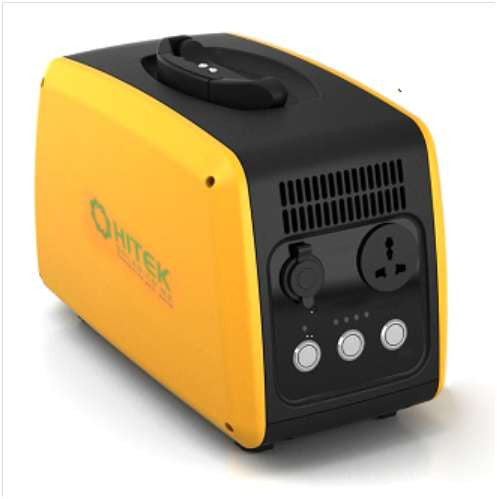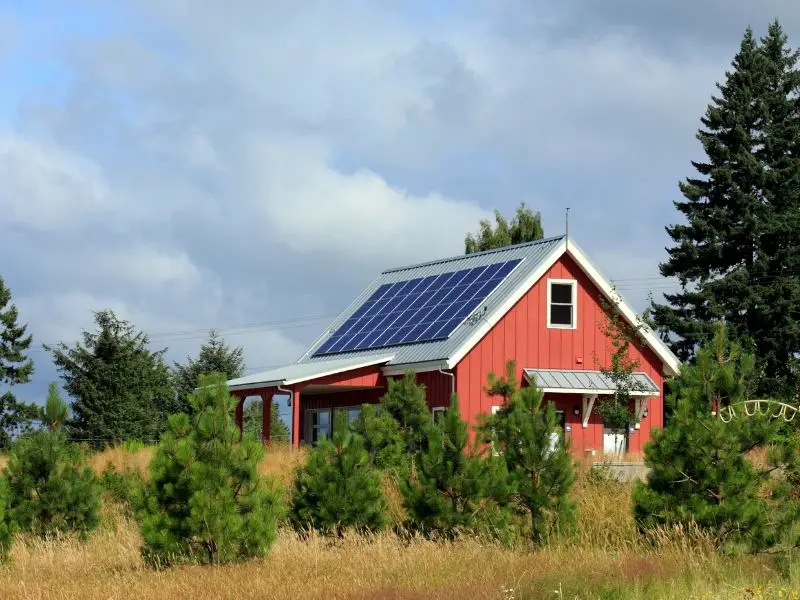I'm basically after an emergency backup power solution. Really only 1kwhours to 2kwhours. I'd like however to have maximal input to said system, in order to have some input generation during winter. I don't want to spend ten thousand plus, AND I don't own my own home. So I am not looking for anything installed into a house.
So I've been looking at all in one packs - charge controller, lithium battery and inverter all in one portable box. The sort used for base camps, remote offices, camping and the like. There is a huge selection of these in America, but very few in new Zealand that I've found (If anyone knows of any others, let me know).
So far I've found these two:
https://www.wildfiresports.com.au/go...olar-generator (there are some kiwi retailers as well I think)
Even better the new goal zero 3000.
The main trouble with such units is my requirement to be able to plug in as much solar (and perhaps wind, as I think with sandbagging or a water base, these can be made temporary as well), as I can, so that I can still generate a little on cloudy/still days. The charge controllers peak out at like certain volts and amps. Without knowing much about electronics, I suspect putting too much in, in either volts or amps, for the spec, could fry the device.
So I am wondering is there anything I can plug both solar and wind generators into that would limit the incoming charge to a set voltage, and/or amperage? Sure I can set it up in parallel, or series, so that its the volts OR the amps that adds up, but to actually cap it out? Can a charge controller be used for this? (I'm thinking not, as it seems specific to batteries).
So that I can plug in more panels, and perhaps also DC wind turbines than I normally would be limited to, in order to get some okay charge input on less sunny days (Where I live, its typically either sunny or windy)
Really a noob to all this, and it would be nice to get some guidance. Keep in mind, this is not a living solution, it's not supposed to cover all my needs, just run a 30W RV fridge, some lights and charge a few devices kinda thing. A "minimum" emergency living situation.
And yeah, I do want lithium because a) DOD b) cycles c) more portable. I know I could save money on lead-acid, but 1000-1500 cycles before a massive plummet in charge capacity, versus 3000-6000 cycles and a slow drop off in capacity, is a no brainer even with the price difference for me.
Basically I want a system with minimal set-up (except perhaps for some kind of custom box to limit amps and volts), decentish input in winter, just enough power to run a low wattage fridge and a few other things, long life, and something I can take with me if I move....
Weird? maybe. But I'd like your much more expert thoughts all the same!
So I've been looking at all in one packs - charge controller, lithium battery and inverter all in one portable box. The sort used for base camps, remote offices, camping and the like. There is a huge selection of these in America, but very few in new Zealand that I've found (If anyone knows of any others, let me know).
So far I've found these two:
https://www.wildfiresports.com.au/go...olar-generator (there are some kiwi retailers as well I think)
Even better the new goal zero 3000.
The main trouble with such units is my requirement to be able to plug in as much solar (and perhaps wind, as I think with sandbagging or a water base, these can be made temporary as well), as I can, so that I can still generate a little on cloudy/still days. The charge controllers peak out at like certain volts and amps. Without knowing much about electronics, I suspect putting too much in, in either volts or amps, for the spec, could fry the device.
So I am wondering is there anything I can plug both solar and wind generators into that would limit the incoming charge to a set voltage, and/or amperage? Sure I can set it up in parallel, or series, so that its the volts OR the amps that adds up, but to actually cap it out? Can a charge controller be used for this? (I'm thinking not, as it seems specific to batteries).
So that I can plug in more panels, and perhaps also DC wind turbines than I normally would be limited to, in order to get some okay charge input on less sunny days (Where I live, its typically either sunny or windy)
Really a noob to all this, and it would be nice to get some guidance. Keep in mind, this is not a living solution, it's not supposed to cover all my needs, just run a 30W RV fridge, some lights and charge a few devices kinda thing. A "minimum" emergency living situation.
And yeah, I do want lithium because a) DOD b) cycles c) more portable. I know I could save money on lead-acid, but 1000-1500 cycles before a massive plummet in charge capacity, versus 3000-6000 cycles and a slow drop off in capacity, is a no brainer even with the price difference for me.
Basically I want a system with minimal set-up (except perhaps for some kind of custom box to limit amps and volts), decentish input in winter, just enough power to run a low wattage fridge and a few other things, long life, and something I can take with me if I move....
Weird? maybe. But I'd like your much more expert thoughts all the same!





Comment